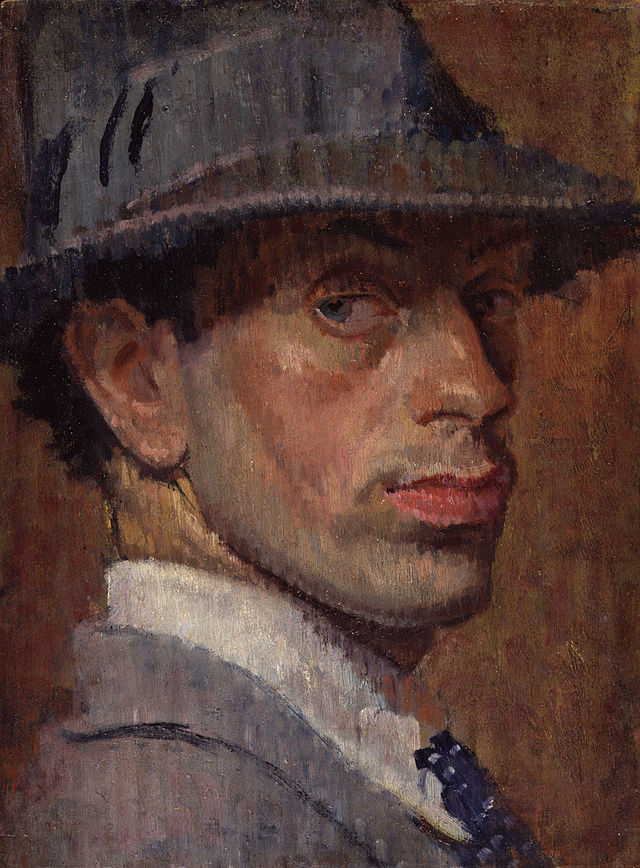137 Biography

On November 25, 1890, Isaac Rosenberg was born in Bristol, England. His father and mother, Dovber and Hacha Davidov Rosenberg, had recently arrived from Russia and settled in London’s Jewish ghetto. Dovber (who changed his name to Barnett Rosenberg) opened a butcher shop, but the authorities soon seized it and he spent the remainder of his life as an itinerant peddler. Isaac grew up in extreme poverty and worked in the afternoons as an apprentice engraver. In the evenings, however, he pursued art, and by 1907 he had enrolled in night classes at Birkbeck College. His talent as a painter garnered him a number of student awards and allowed him in 1911 to receive a sponsorship for the Slade School, an important centre for English painting.
While at the Slade School, Rosenberg’s interests gravitated increasingly toward poetry. He began to send his poems to editors and journals, and in 1912, at his own expense, he published Night and Day. This 24-page pamphlet showed a strong Romantic influence, particularly from the poems of Keats and Shelley. It was at this time that Rosenberg became acquainted with Edward Marsh, a leading figure in the art world of London. Marsh encouraged Rosenberg’s writing and purchased some of his paintings; he also introduced him to many of the important writers and painters of the day such as Ezra Pound and T. E. Hulme. Through this connection Rosenberg came into contact with Imagism and although he did not become an Imagist himself, he did learn from its techniques.
In 1913, Rosenberg’s health began to fail and he spent the following year in Cape Town, South Africa. He returned to England in 1915 and again self-published a pamphlet of the poems he had written in the preceding two years. This pamphlet, entitled Youth, demonstrates the influence of the Imagists and also shows Rosenberg developing a more distinctive and mature style. Lacking any job prospects and with the war in Germany heating up, Rosenberg decided to enlist in the Bantam Battalion of 12 Suffolk Regiment. He was sent to the Western Front in 1916, and he never rose above the rank of private.
Rosenberg was a delicate and small man in poor health and found himself in an army rife with anti-Semitism. Ironically, he developed under these circumstances into one of the finest poets of his generation. His poems from this time rival those of England’s most famous “trench poets,” Wilfred Owen, Robert Graves, and Rupert Brooke. Rosenberg’s poems, such as “Dead Man’s Dump” or the often-anthologized “Break of Day in the Trenches,” are characterized by a profound combination of compassion, clarity, stoicism, and irony.
On April 1, 1918, while on night patrol south of Arras, France, Rosenberg was killed in battle. His body was never found. His poems were posthumously collected and published in London in 1922. In 1979, all of his work was gathered and published in The Collected Works of Isaac Rosenberg: Poetry, Prose, Letters, Painting, and Drawings (Oxford University Press). http://www.poets.org/poetsorg/poet/isaac-rosenberg
Oxford Tutorials
Click on the Oxford First World War Poetry unit link and work your way through as many of the poems/letters as you wish.

